Cabify to launch Spain’s first hydrogen-powered ride-hailing fleet
- Like
- Digg
- Del
- Tumblr
- VKontakte
- Buffer
- Love This
- Odnoklassniki
- Meneame
- Blogger
- Amazon
- Yahoo Mail
- Gmail
- AOL
- Newsvine
- HackerNews
- Evernote
- MySpace
- Mail.ru
- Viadeo
- Line
- Comments
- Yummly
- SMS
- Viber
- Telegram
- Subscribe
- Skype
- Facebook Messenger
- Kakao
- LiveJournal
- Yammer
- Edgar
- Fintel
- Mix
- Instapaper
- Copy Link
Posted: 1 July 2022 | Intelligent Transport | 1 comment
Cabify’s new hydrogen-powered vehicles offer a range of around 550km, with a refuelling time of only three to five minutes, similar to that of a conventional combustion vehicle.
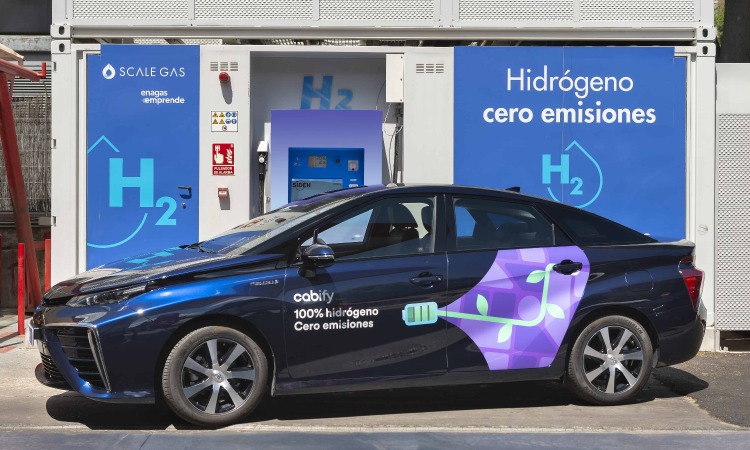

Credit: Cabify
Cabify has announced that it has launched the first fleet of VTC, ride-hailing vehicles that use hydrogen as a source of energy in Spain, in partnership with Toyota. Four first-generation Toyota Mirai vehicles have already been delivered to the fleet, which is set to increase by the end of 2022.
The new fleet of vehicles uses hydrogen as an energy source to generate, within the fuel cell, the electricity needed to power the electric motor, generating water as the only waste in the whole process. The refuelling time for these vehicles is only three to five minutes, similar to that of a standard combustion vehicle, and offers a range of around 550km.
Refuelling will take place at Enagás subsidiary Scale Gas’ private hydrogen station in Madrid, which was opened in January 2021 and is the first refuelling station in Spain that allows hydrogen to be refuelled at 700 bar.
The zero-emission vehicles will be available within the Cabify Eco category, designed for corporate mobility customers where they are included only in electrified vehicles. They will also be available in the other categories for private users, such as Cabify, Cuanto Antes or Kids.
Daniel Bedoya, Regional Manager of Cabify in Spain, said: “This alliance with Toyota is another step forward in our commitment to accelerate sustainable mobility, by innovating and supporting alternatives that make life easier for people and companies, and make our cities better places to live.”
With this operation, the company reinforces its commitment to decarbonise cities, as it is the first time that fuel cell technology has been incorporated as an emission free alternative for VTC customers in Spain. Hydrogen is a key energy vector in this process, as it is an unlimited energy source that can be obtained in a sustainable manner, is easy to store and transport, and can be used in many different areas, from transport to heating and cooling homes and buildings.
Cabify continues to advance its commitment to decarbonisation through innovative technologies. In 2018, Cabify became the first carbon-neutral platform in its industry, and since then it has been off-setting its emissions and those of its passengers, as well as fulfilling an annual reduction commitment.
In addition, the Spanish company recently presented its Sustainable Business Strategy 2022-2025, the guide that will mark Cabify’s projects and which is firmly committed to combating climate change, with the aim of decarbonising the fleet connected to its app in Spain and Latin America. Cabify maintains the goal that 100 per cent of trips on its platform should be in decarbonised or electric fleets by 2025 in Spain and 2030 in Latin America.
If you liked this, you may also be interested in:
▶ Cabify continues use of technological innovations to significantly reduce carbon emissions
▶ EMT Madrid awards €10.8 million for hydrogen refuelling plant project
Related topics
Air Quality, Alternative Power, Fleet Management & Maintenance, Mobility Services, On-Demand Transport, Sustainable Urban Transport
Related modes
Ride-sharing & Car-sharing
Related cities
Madrid
Related countries
Spain
Related organisations
Cabify
Related people
Daniel Bedoya




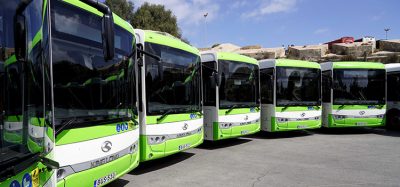
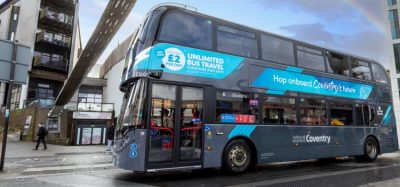
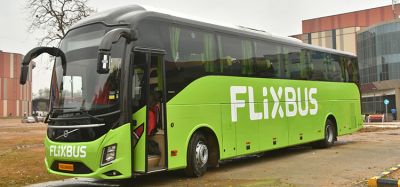
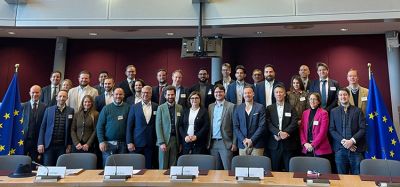

From where is the H2 fuel obtained?